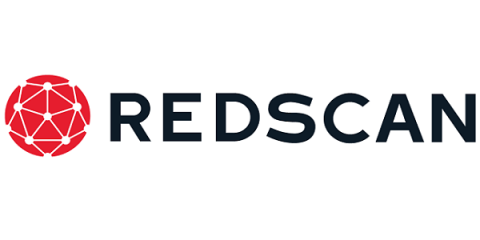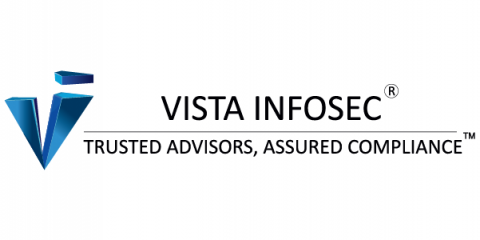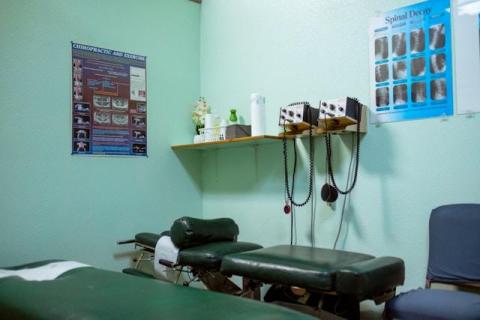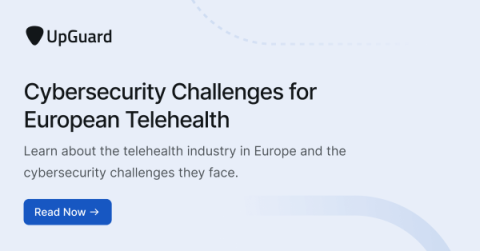How to secure PHI with an identity governance solution
Cyberattacks pose a growing threat across all industries, but healthcare is especially vulnerable. In 2023, hacking incidents in the healthcare sector accounted for 79.7% of data breaches. While patients, providers, and policymakers all have a stake in protecting health information, a critical weak point lies with the technology companies that offer electronic health record (EHR) systems. These systems hold a treasure trove of PHI, making them prime targets for cybercriminals.










